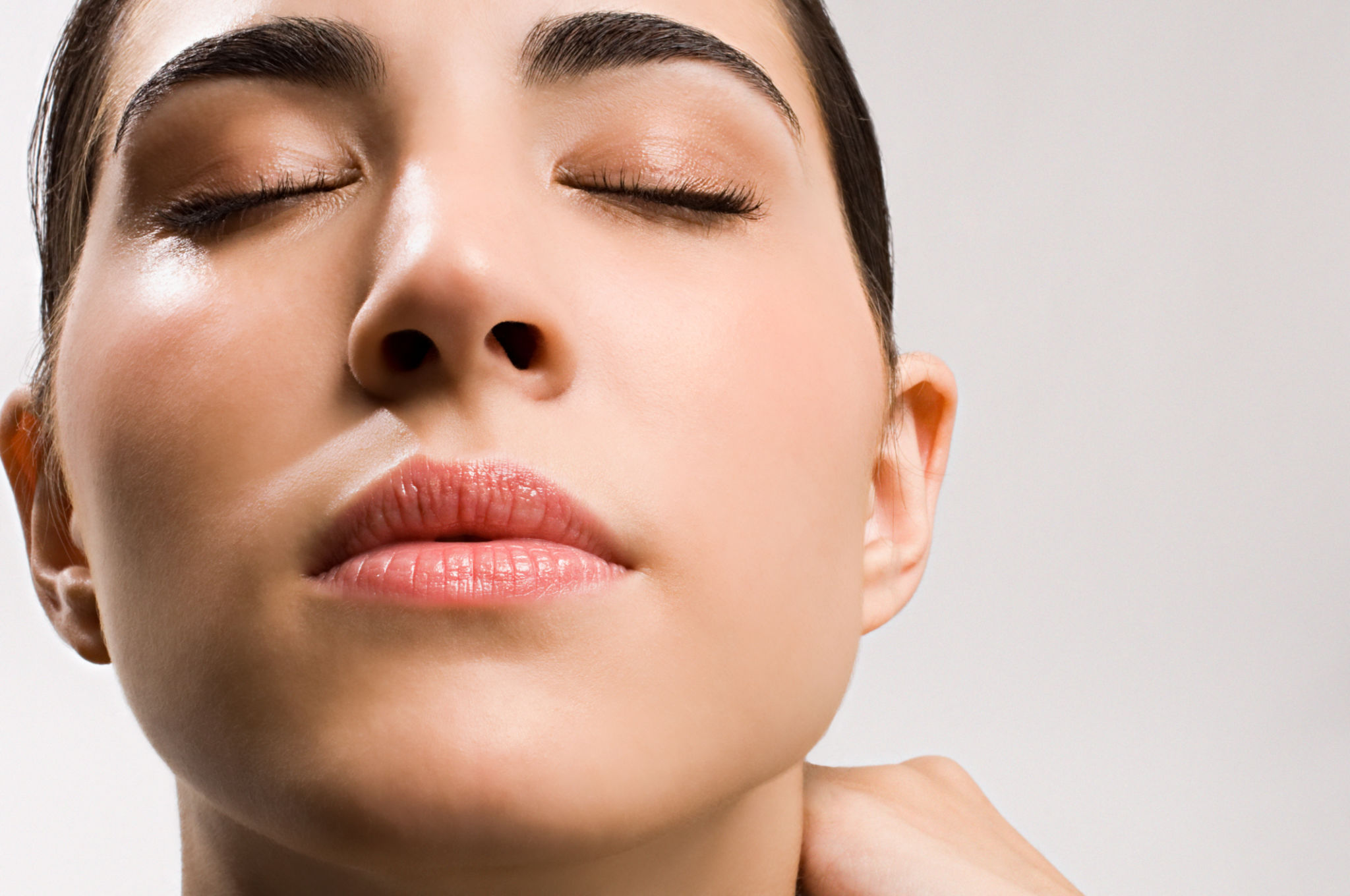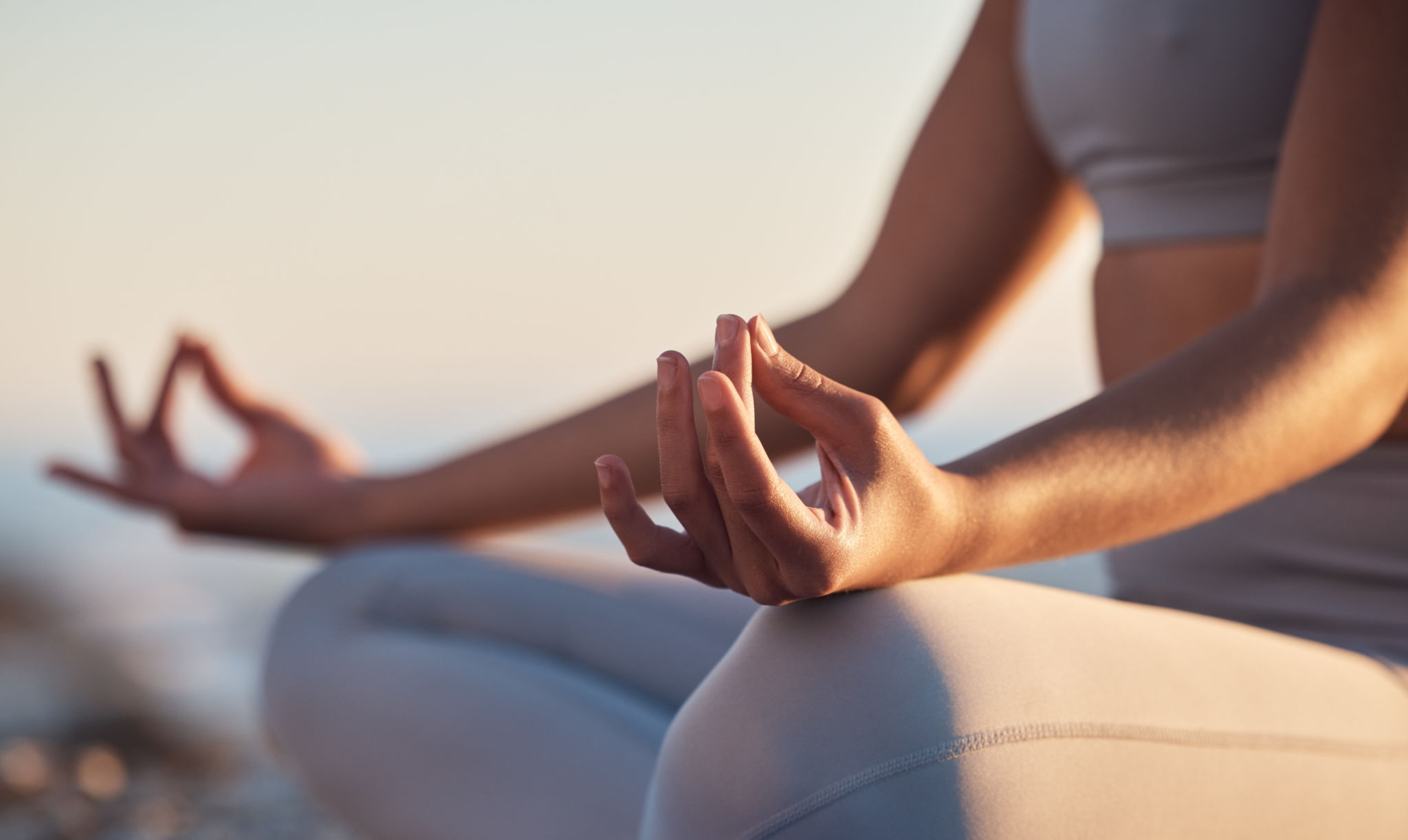Exploring the Healing Powers of Reiki: A Comprehensive Guide to Wellness
Understanding Reiki
Reiki, a form of alternative therapy, has been growing in popularity as individuals seek holistic approaches to wellness. Originating from Japan, Reiki is based on the concept of energy healing, where practitioners believe that they can channel energy into a patient to promote emotional and physical healing. This practice is rooted in the idea that our life force energy can become imbalanced, leading to stress or illness.

During a typical Reiki session, a practitioner lightly places their hands on or above the client's body, often starting from the head and moving towards the feet. The goal is to facilitate the flow of energy, helping to balance and align the body's chakras. As a non-invasive therapy, Reiki is suitable for all ages and can complement traditional medical treatments.
The Benefits of Reiki
Advocates of Reiki highlight numerous benefits, both physical and mental. One of the most commonly reported advantages is the deep relaxation and stress reduction experienced during and after sessions. By promoting relaxation, Reiki may help in reducing anxiety, improving mood, and enhancing overall well-being.

Moreover, some studies suggest that Reiki can aid in pain management. By addressing the root causes of discomfort through energy alignment, individuals may experience relief from chronic pain conditions. Additionally, Reiki sessions are said to boost the immune system, increase energy levels, and encourage mental clarity.
What to Expect During a Reiki Session
If you're considering trying Reiki, it's important to know what to expect. A session typically lasts between 60 to 90 minutes. Clients remain fully clothed and usually lie on a massage table while soft music plays in the background to enhance relaxation. The practitioner will gently place their hands on or near various parts of your body, following a specific sequence.
Many people report experiencing warmth or tingling sensations during a session, which are believed to be signs of energy movement. However, experiences can vary greatly from person to person. It's essential to remain open-minded and allow yourself to fully relax during the process.

Choosing a Reiki Practitioner
Finding a qualified Reiki practitioner is an important step to ensure a positive experience. Look for practitioners who have received training from reputable institutions and hold certifications in their field. Personal referrals or online reviews can also guide you towards finding a credible professional.
Before booking a session, consider having a preliminary discussion with the practitioner. This conversation can offer insight into their approach and provide you with an opportunity to ask any questions you might have about the process.
Integrating Reiki into Your Wellness Routine
Integrating Reiki into your wellness routine can be a transformative experience. For those looking to delve deeper into this practice, regular sessions may offer cumulative benefits. It’s often recommended to combine Reiki with other mindfulness techniques such as meditation or yoga for enhanced effects.

If you're new to Reiki, starting with one session per month can be an excellent way to gauge its impact on your overall wellness. Over time, you may choose to increase the frequency of sessions based on your personal needs and goals.
Reiki offers a unique approach to healing that aligns with the body’s natural energy flow. As more people turn towards holistic methods for health and wellness, Reiki continues to gain recognition as a valuable complementary therapy.
